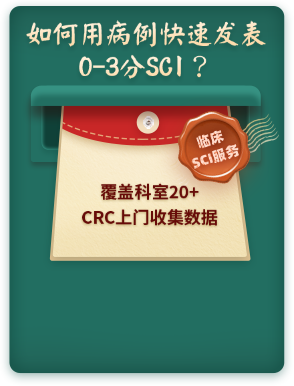摘要
BACKGROUND:Trials of surgical evacuation of supratentorial intracerebral hemorrhages have generally shown no functional benefit. Whether early minimally invasive surgical removal would result in better outcomes than medical management is not known.
METHODS:In this multicenter, randomized trial involving patients with an acute intracerebral hemorrhage, we assessed surgical removal of the hematoma as compared with medical management. Patients who had a lobar or anterior basal ganglia hemorrhage with a hematoma volume of 30 to 80 ml were assigned, in a 1:1 ratio, within 24 hours after the time that they were last known to be well, to minimally invasive surgical removal of the hematoma plus guideline-based medical management (surgery group) or to guideline-based medical management alone (control group). The primary efficacy end point was the mean score on the utility-weighted modified Rankin scale (range, 0 to 1, with higher scores indicating better outcomes, according to patients' assessment) at 180 days, with a prespecified threshold for posterior probability of superiority of 0.975 or higher. The trial included rules for adaptation of enrollment criteria on the basis of hemorrhage location. A primary safety end point was death within 30 days after enrollment.
RESULTS:A total of 300 patients were enrolled, of whom 30.7% had anterior basal ganglia hemorrhages and 69.3% had lobar hemorrhages. After 175 patients had been enrolled, an adaptation rule was triggered, and only persons with lobar hemorrhages were enrolled. The mean score on the utility-weighted modified Rankin scale at 180 days was 0.458 in the surgery group and 0.374 in the control group (difference, 0.084; 95% Bayesian credible interval, 0.005 to 0.163; posterior probability of superiority of surgery, 0.981). The mean between-group difference was 0.127 (95% Bayesian credible interval, 0.035 to 0.219) among patients with lobar hemorrhages and -0.013 (95% Bayesian credible interval, -0.147 to 0.116) among those with anterior basal ganglia hemorrhages. The percentage of patients who had died by 30 days was 9.3% in the surgery group and 18.0% in the control group. Five patients (3.3%) in the surgery group had postoperative rebleeding and neurologic deterioration.
CONCLUSIONS:Among patients in whom surgery could be performed within 24 hours after an acute intracerebral hemorrhage, minimally invasive hematoma evacuation resulted in better functional outcomes at 180 days than those with guideline-based medical management. The effect of surgery appeared to be attributable to intervention for lobar hemorrhages. (Funded by Nico; ENRICH ClinicalTrials.gov number, NCT02880878.).
METHODS:In this multicenter, randomized trial involving patients with an acute intracerebral hemorrhage, we assessed surgical removal of the hematoma as compared with medical management. Patients who had a lobar or anterior basal ganglia hemorrhage with a hematoma volume of 30 to 80 ml were assigned, in a 1:1 ratio, within 24 hours after the time that they were last known to be well, to minimally invasive surgical removal of the hematoma plus guideline-based medical management (surgery group) or to guideline-based medical management alone (control group). The primary efficacy end point was the mean score on the utility-weighted modified Rankin scale (range, 0 to 1, with higher scores indicating better outcomes, according to patients' assessment) at 180 days, with a prespecified threshold for posterior probability of superiority of 0.975 or higher. The trial included rules for adaptation of enrollment criteria on the basis of hemorrhage location. A primary safety end point was death within 30 days after enrollment.
RESULTS:A total of 300 patients were enrolled, of whom 30.7% had anterior basal ganglia hemorrhages and 69.3% had lobar hemorrhages. After 175 patients had been enrolled, an adaptation rule was triggered, and only persons with lobar hemorrhages were enrolled. The mean score on the utility-weighted modified Rankin scale at 180 days was 0.458 in the surgery group and 0.374 in the control group (difference, 0.084; 95% Bayesian credible interval, 0.005 to 0.163; posterior probability of superiority of surgery, 0.981). The mean between-group difference was 0.127 (95% Bayesian credible interval, 0.035 to 0.219) among patients with lobar hemorrhages and -0.013 (95% Bayesian credible interval, -0.147 to 0.116) among those with anterior basal ganglia hemorrhages. The percentage of patients who had died by 30 days was 9.3% in the surgery group and 18.0% in the control group. Five patients (3.3%) in the surgery group had postoperative rebleeding and neurologic deterioration.
CONCLUSIONS:Among patients in whom surgery could be performed within 24 hours after an acute intracerebral hemorrhage, minimally invasive hematoma evacuation resulted in better functional outcomes at 180 days than those with guideline-based medical management. The effect of surgery appeared to be attributable to intervention for lobar hemorrhages. (Funded by Nico; ENRICH ClinicalTrials.gov number, NCT02880878.).





























